Discover Local Life In Ahmedabad, India’s First UNESCO World Heritage City
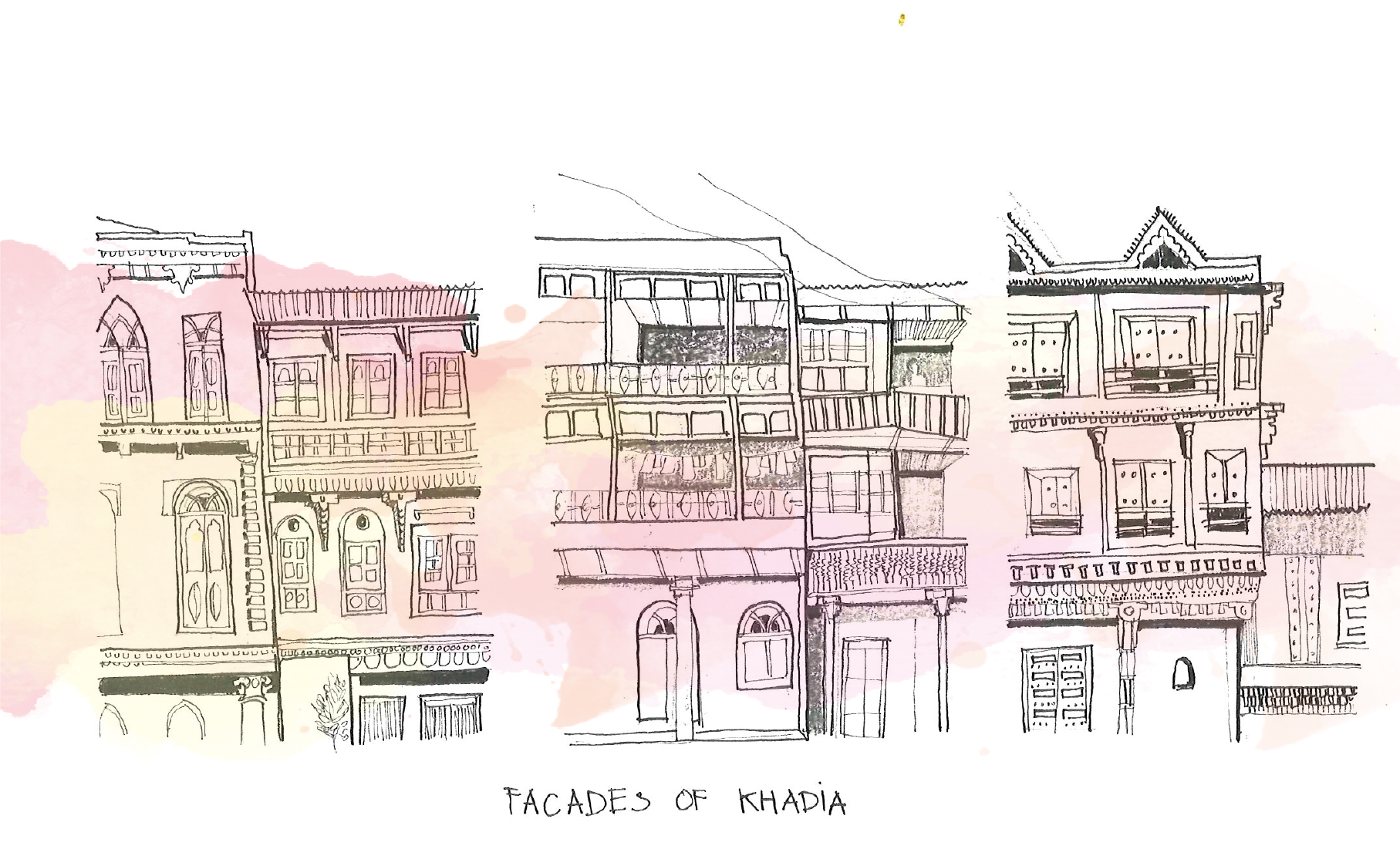
The sound of ringing bells and peaceful morning prayers cuts through the air and intertwines with a waft of ginger and mint brewing with chai at a corner tea stall. A batch of wet clothes is hung on a clothesline, water dripping on the street. Monkeys perch on telephone poles. Vegetable vendors call out to potential customers: “Potatoes, tomatoes, spinach! Take it before it’s sold out!”. Handcarts and green and yellow auto-rickshaws jostle each other in narrow lanes, wide enough to only let one vehicle pass through at the time.
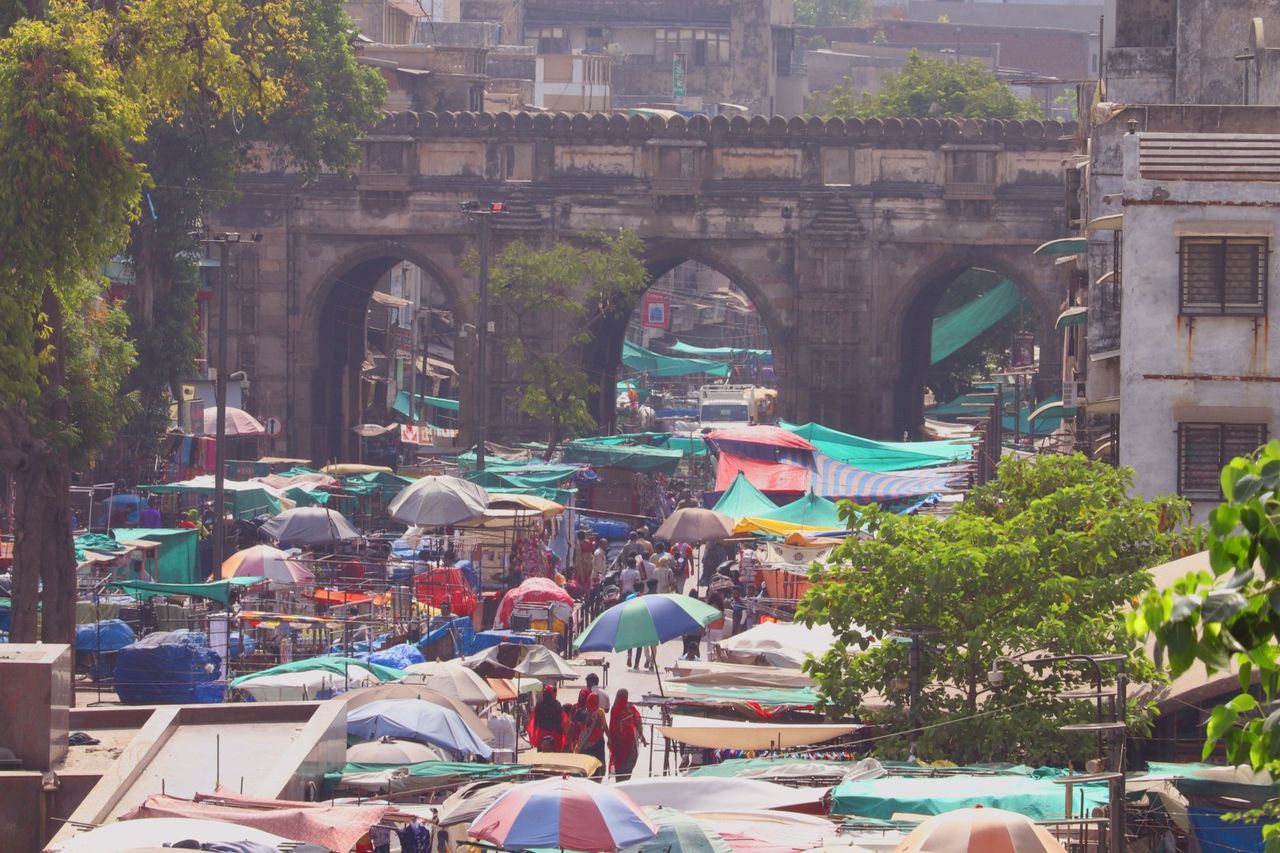
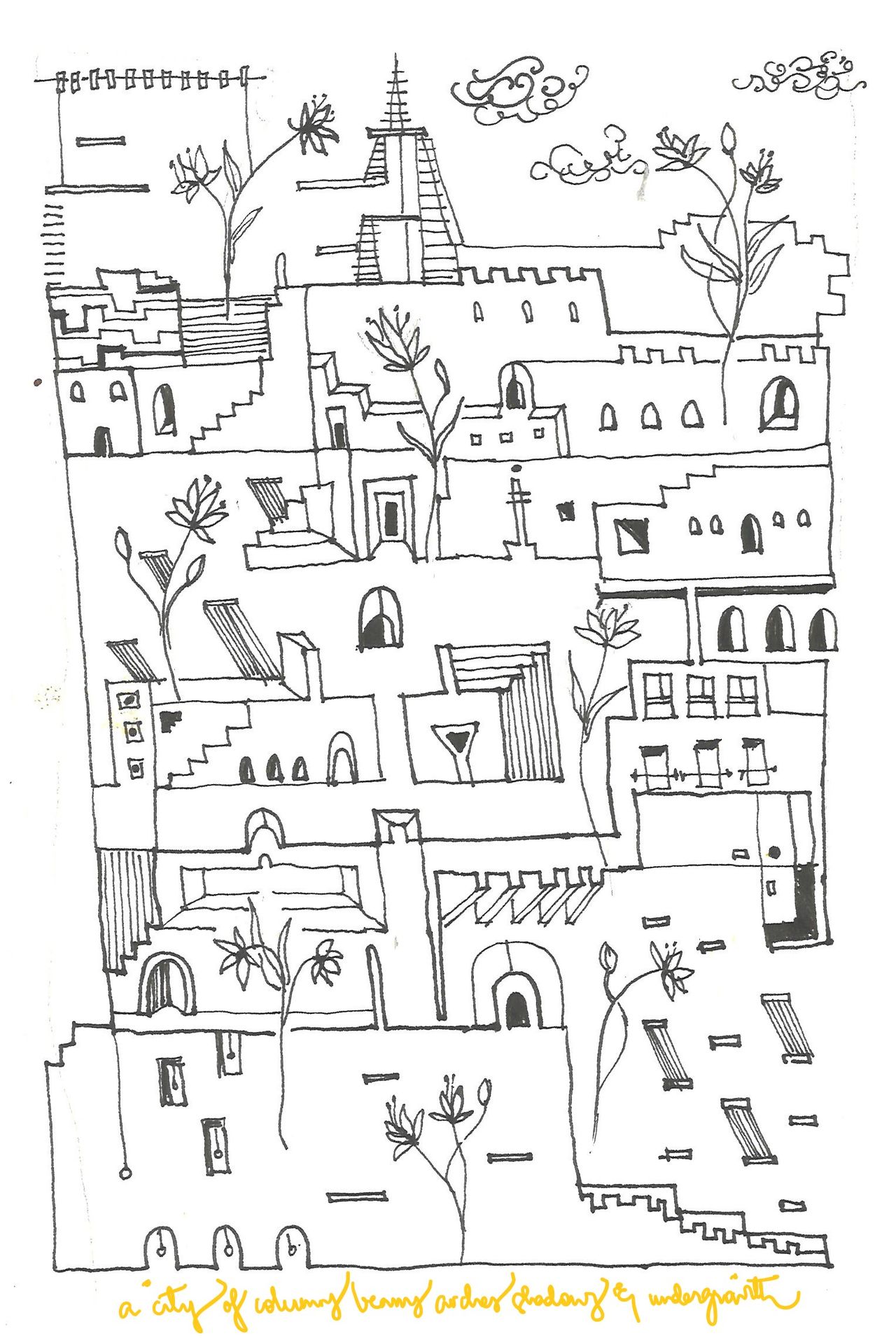
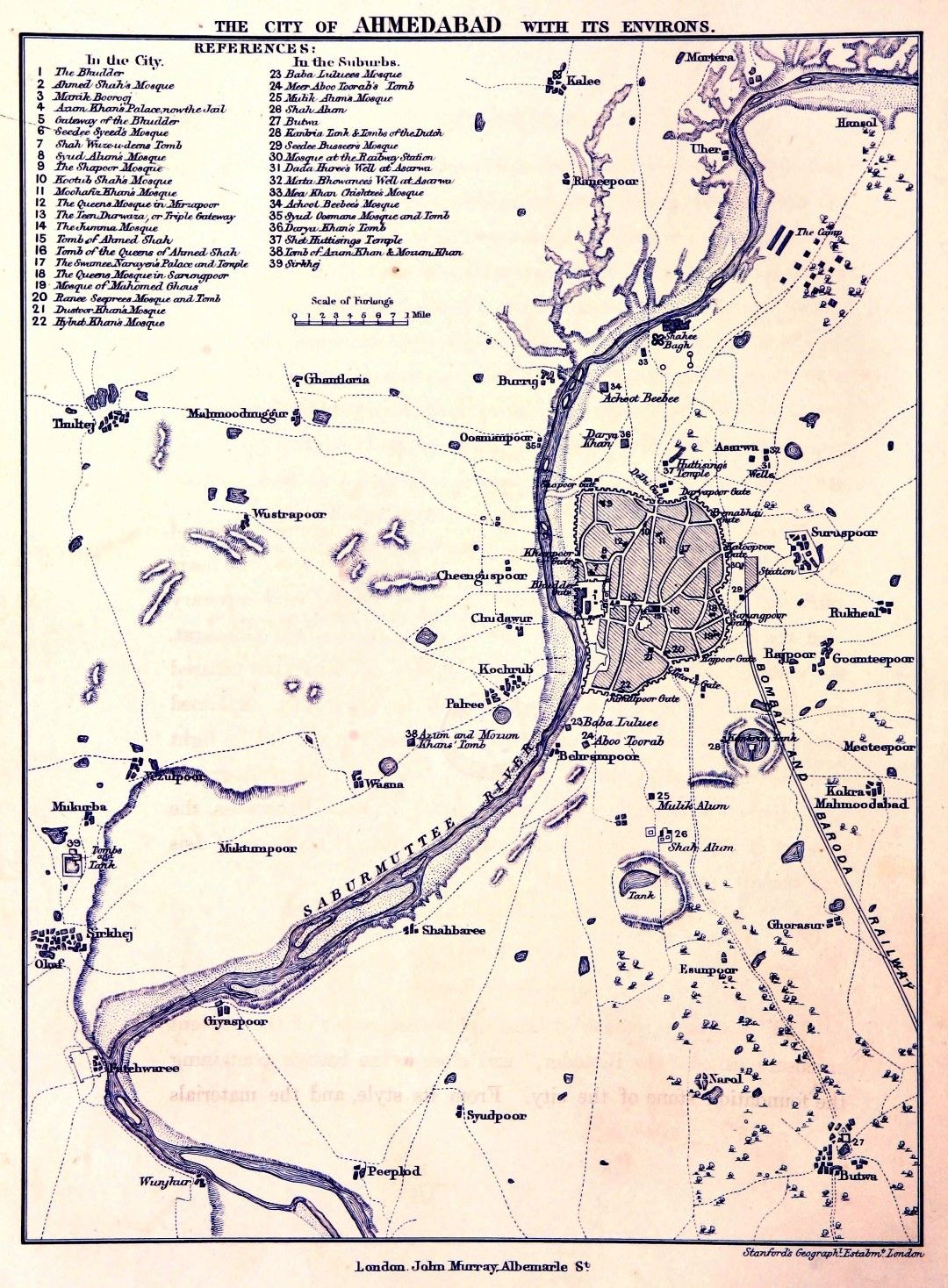
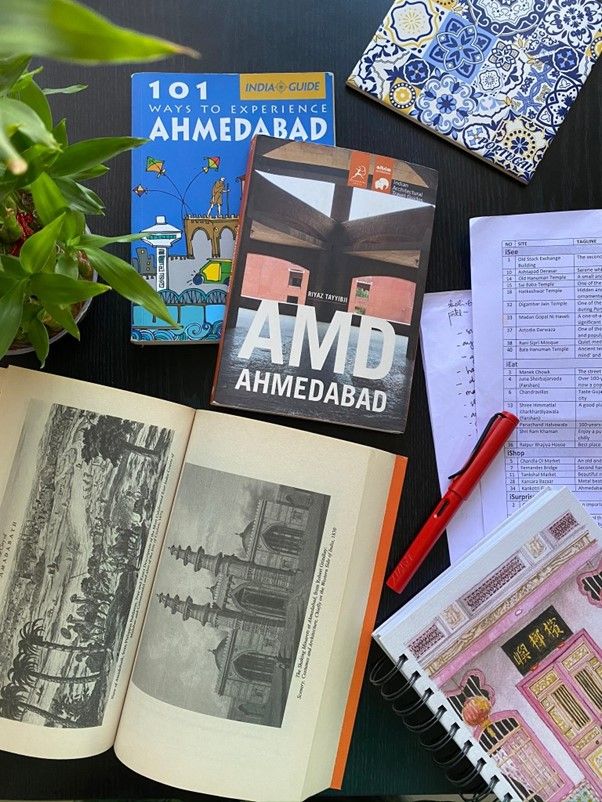
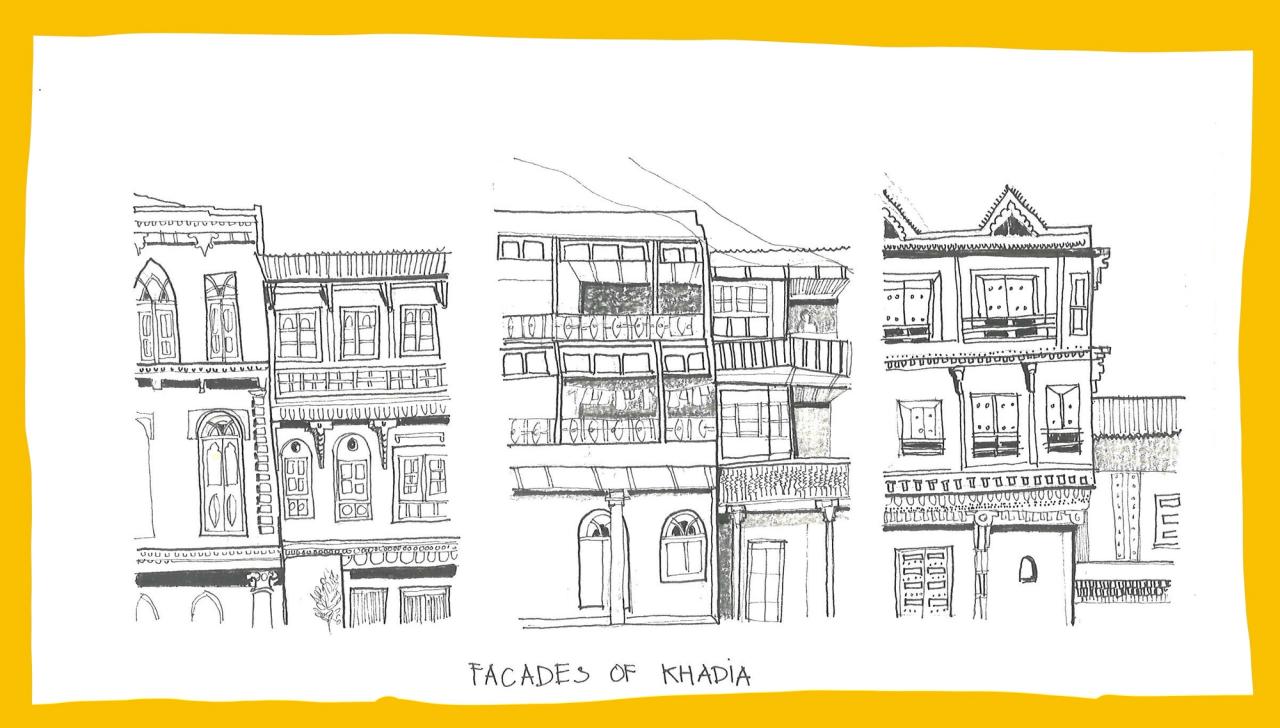
A spiritual place
Children wave from terraces where they fly colourful kites and balloons. Open-air markets are packed with hundreds of carts, spilling over with clothes, shoes, books and even caged birds. In quieter lanes, elderly women sit at the otla (porch, platform) outside their home, calmly sifting grain.
Pigeons dance on a century-old chabutro (tower-like bird feeder). Beautifully carved wooden facades of houses, hundreds of years old, stand upright next to more recent, less impressive constructions.
Welcome to the old city of Ahmedabad, a world within itself! Sultan Ahmed Shah founded this city in the 15th Century on the banks of river Sabarmati. Throughout the decades, Ahmedabad grew from the first fortifications and the Bhadra citadel into a thriving city where trade and commerce flourished. Within the walls, the city is made up of closely packed traditional residential quarters, known as pols. Here, people’s homes, commercial activities, public places and religious institutions all coexist within a few metres of each other. Most areas of the old city of Ahmedabad are best experienced either on foot or by taking an autorickshaw. While moving through the pols, you are sure to experience many moments of wonder, curiosity and perhaps even astonishment!
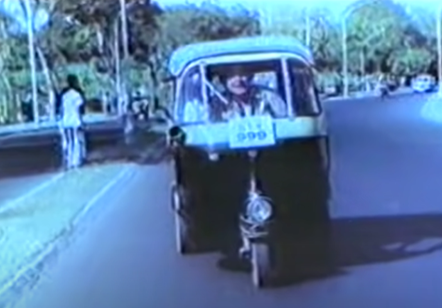


In the 1974 Gujarati movie Amdavad no Rickshaw-walo (Ahmedabad’s Rickshaw driver), a spirited rickshaw driver takes the viewer through many landmarks around the city. (Editor’s note: we highly recommend you to click the link to watch a fragment of the movie before you read the rest of the article!) From the great Bhadrakali temple - the patron goddess of the citadel of Ahmedabad - to the bustling night food market of Manek Chowk; and rekindling the memory of many modern architectural landmarks, to glimpses of the legendary Chandravilas Restaurant, the auto-driver introduces both the eastern and western sides of the city in delightful ways!
Let’s follow in his footsteps to learn more about life in this mesmerising UNESCO heritage city. Hop on to go to some of Ahmedabad’s unique, famous and lesser-known places, meet some interesting locals and learn about their occupations on the way.
A scented city
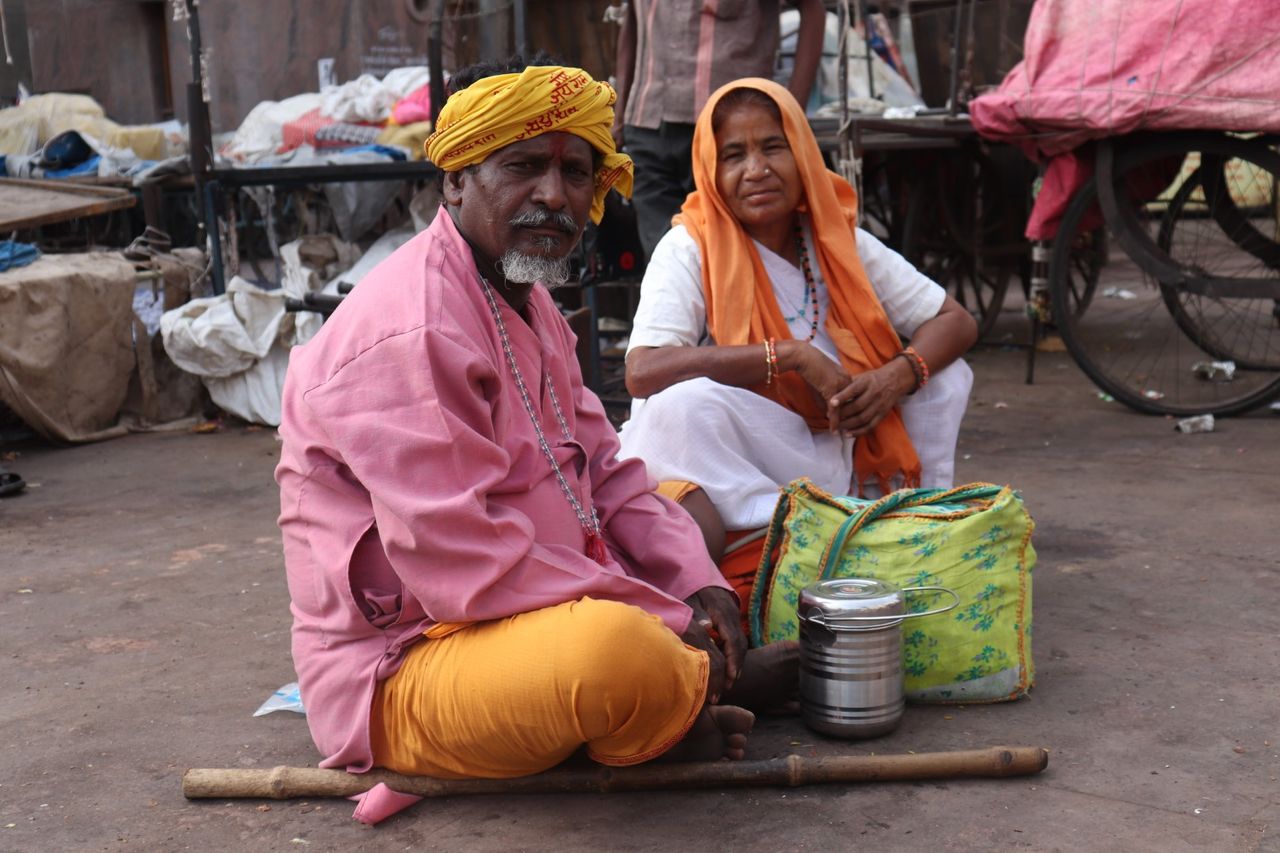
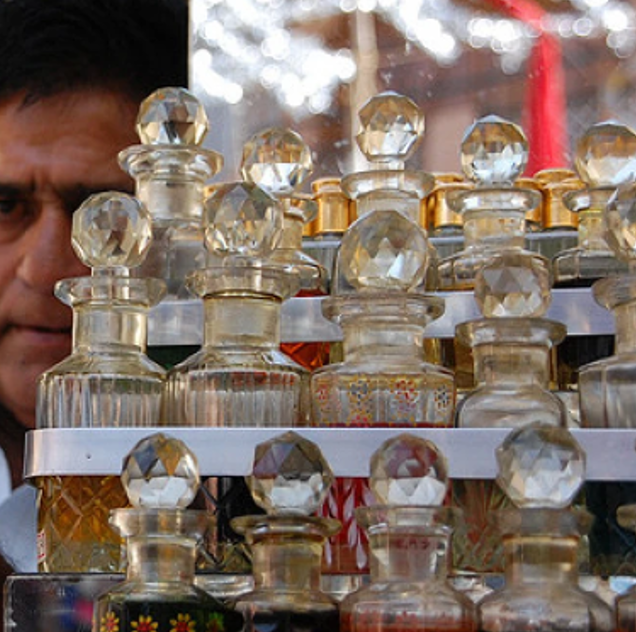
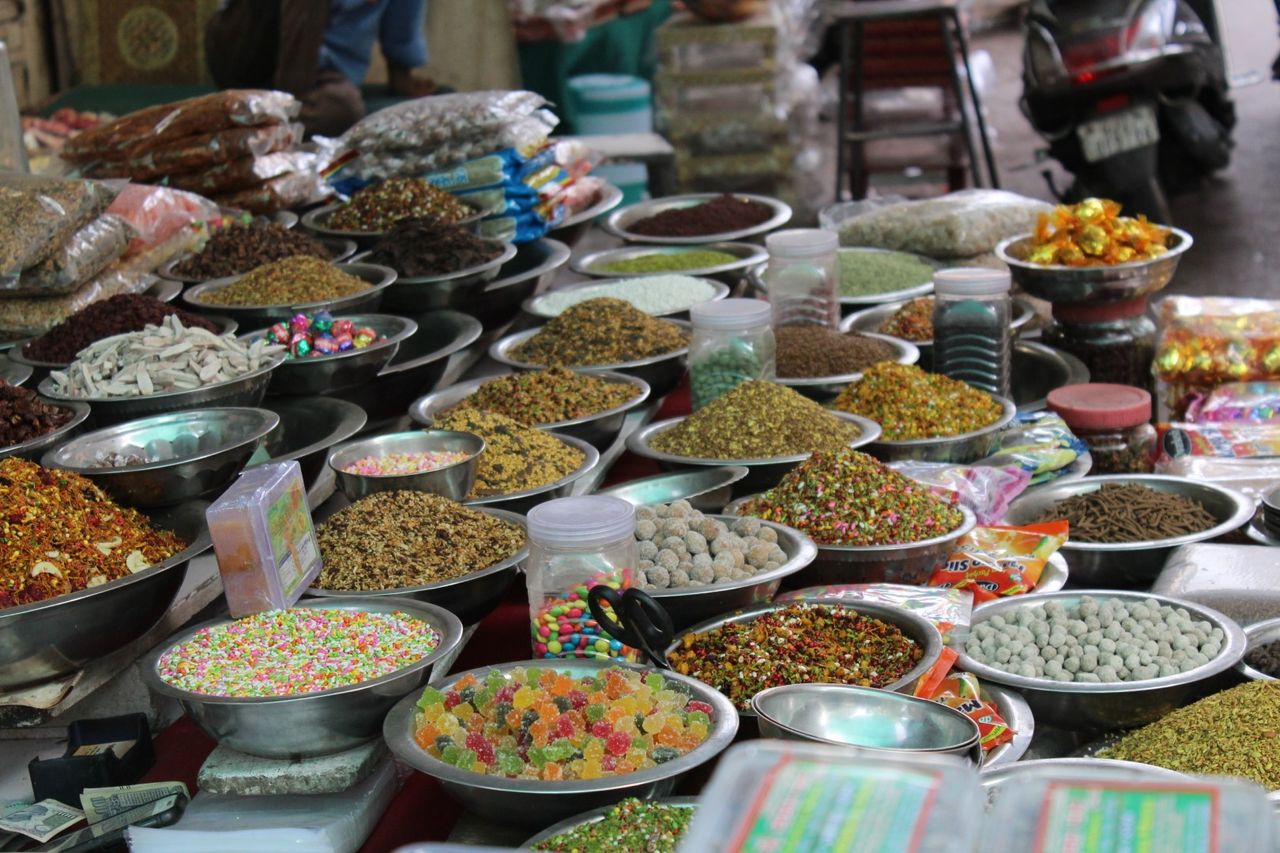
There are two things you must never refuse when offered freely; a pillow and some ittar (perfume)!

Just like in other cities in India, shopkeepers in Ahmedabad set up makeshift “stalls” near busy public places and shaded areas. Within a stone’s throw from the Bhadra square, a cacophony of vendors with carts loaded with buttery biscuits, cream rolls, and a variety of locally baked sweets, call out to customers. Perfume vendor Mohammad Bhai has set up shop here as well. You can find him right outside the Gandhi Cold Drink House, near the adjoining masjid (mosque). He is a character as fragrant as the products he sells.
At his open-air shop, countless bottles of pigmented liquid are displayed on a tabletop; it is a huge variety of perfumes from - as he claims - all around the world! Speaking majorly in local Gujarati, with bits of Hindi thrown in, Mohammad introduces his favourite fragrances in quirky glass bottles, boasting exotic names such as Misr-e-Arab, Kashmir ki Kali and Chameli.
He enjoys telling many interesting anecdotes and stories, as well as sharing some wise words to live by: “There are two things you must never refuse when offered freely; a pillow and some ittar (perfume)! Take them, my friend!”
A bustling market

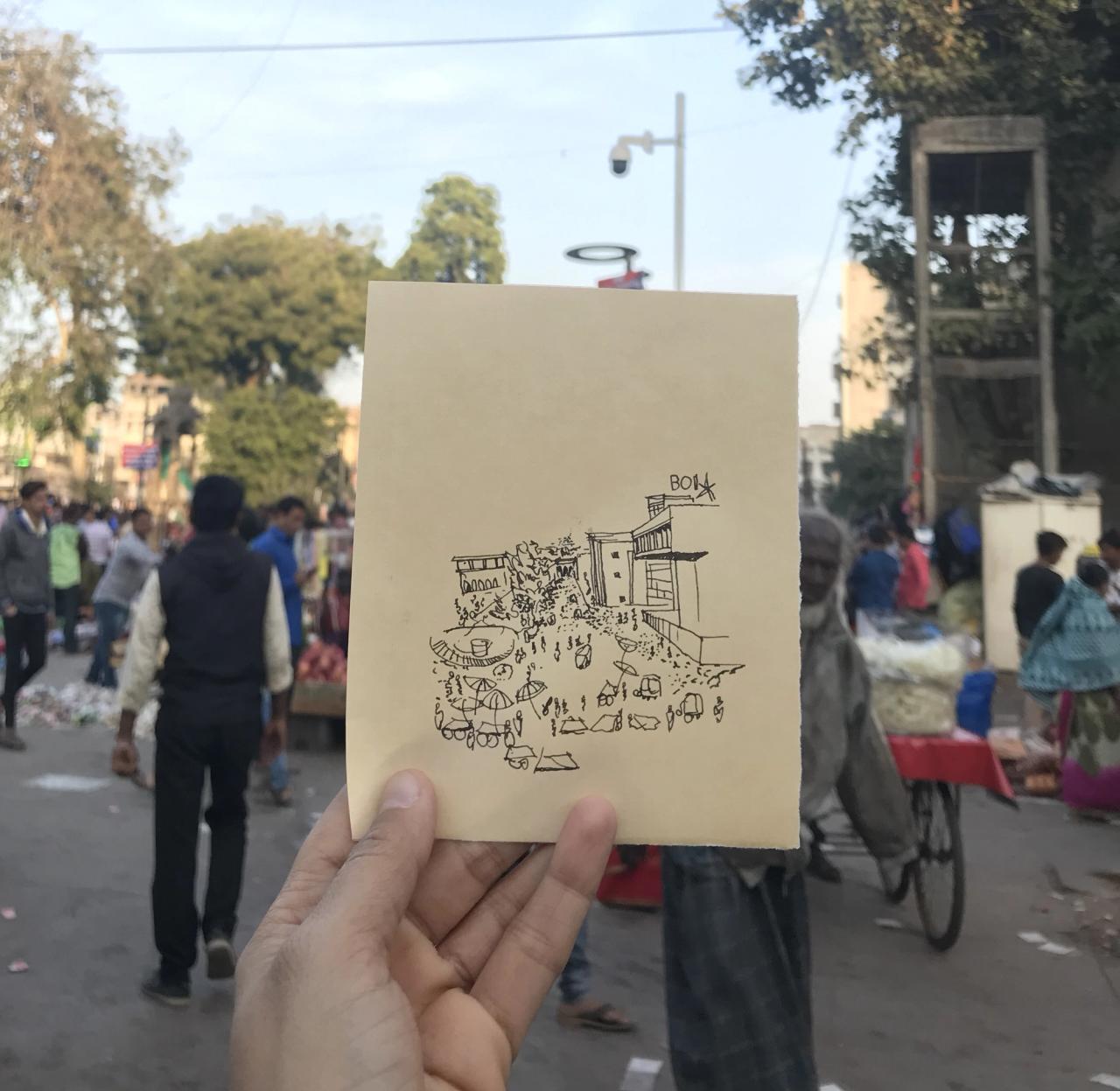
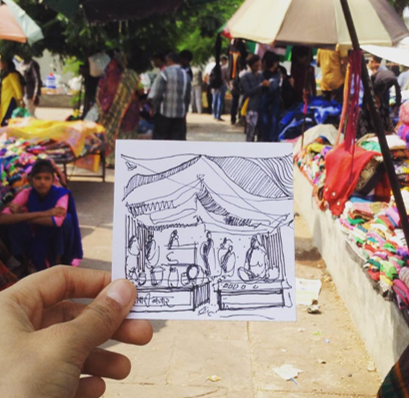
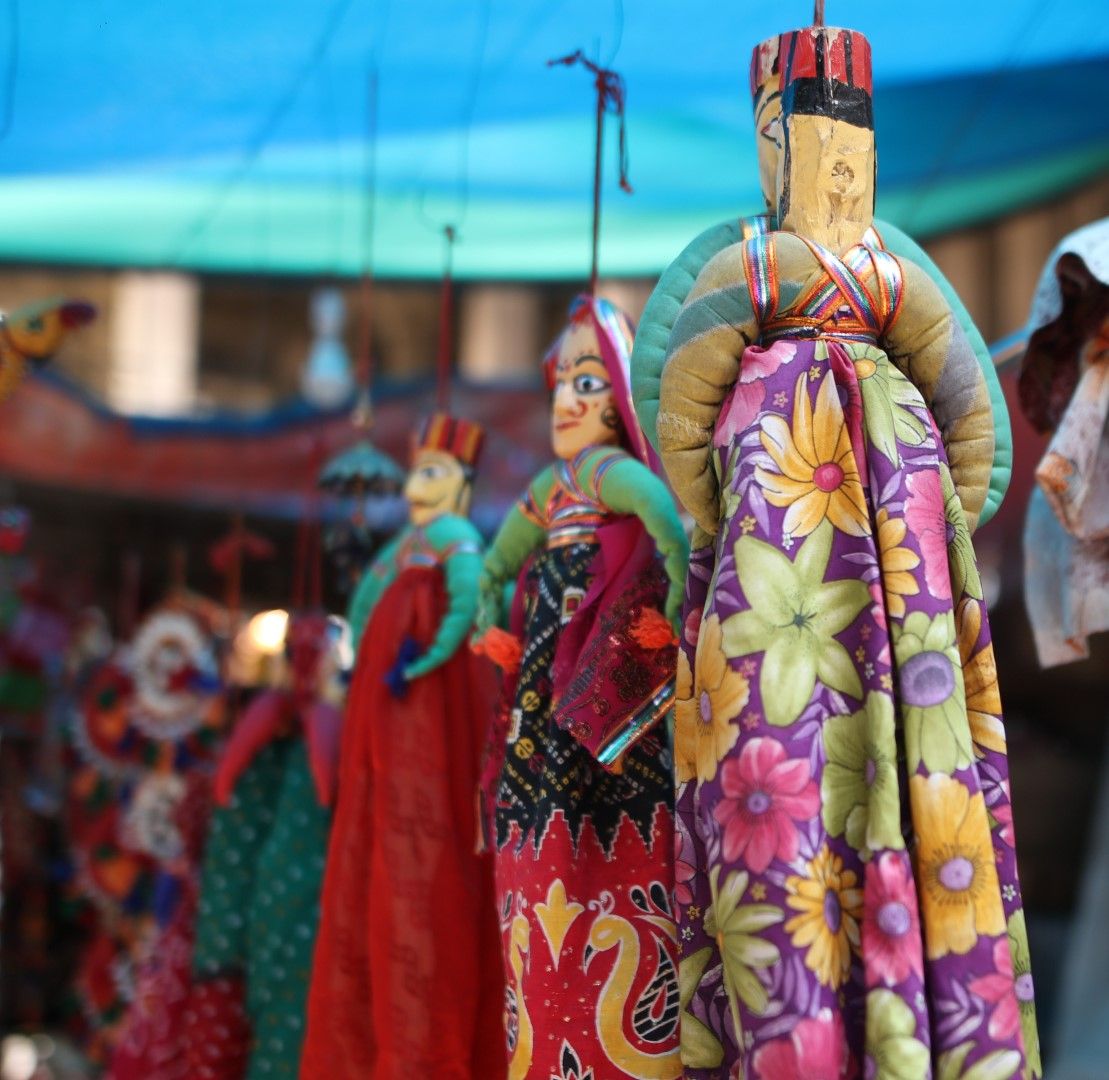
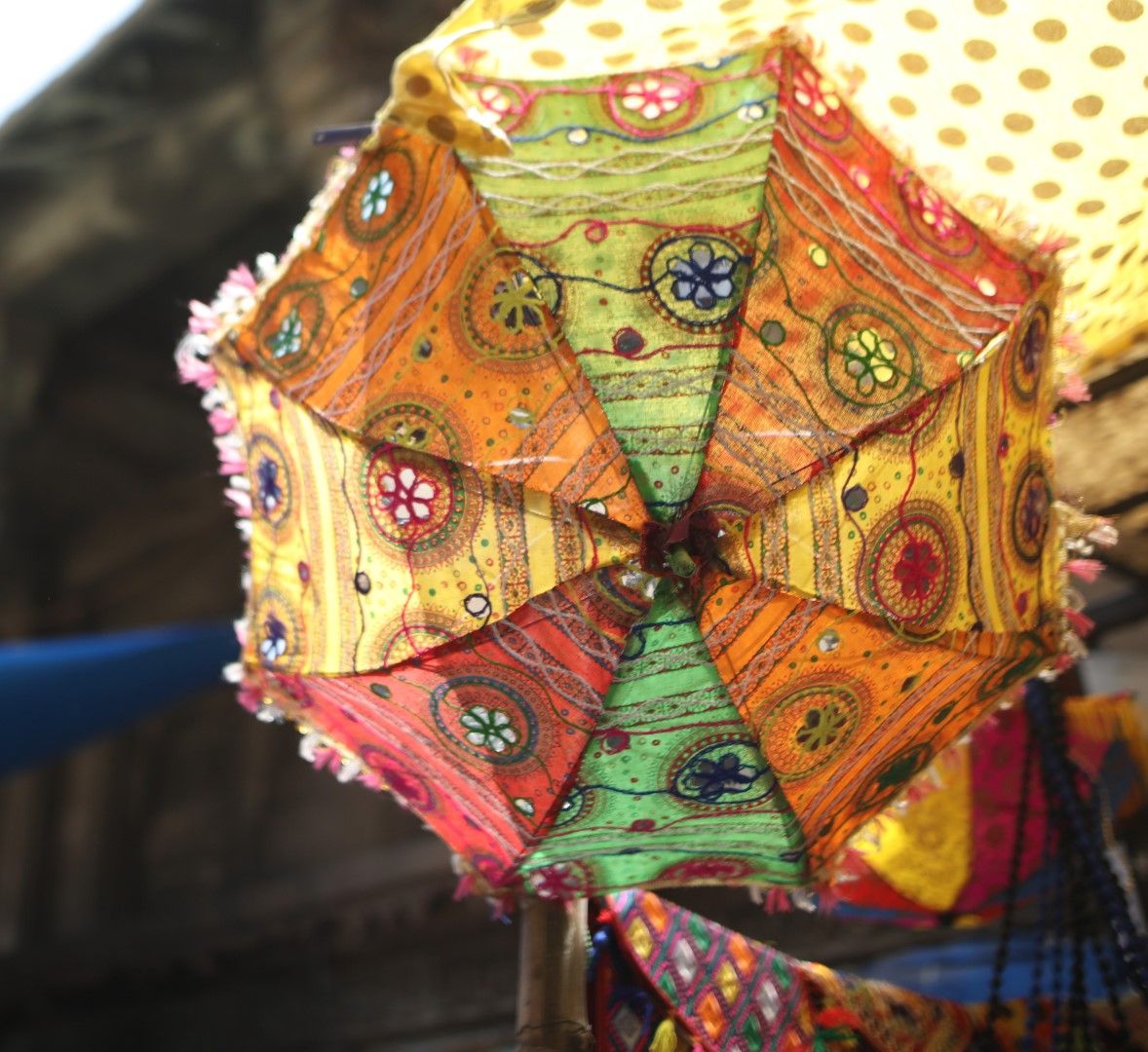
Many inner cities face a cycle of prosperity and decay every few decades, as is the case with Ahmedabad… but thankfully, this market has been able to sustain.
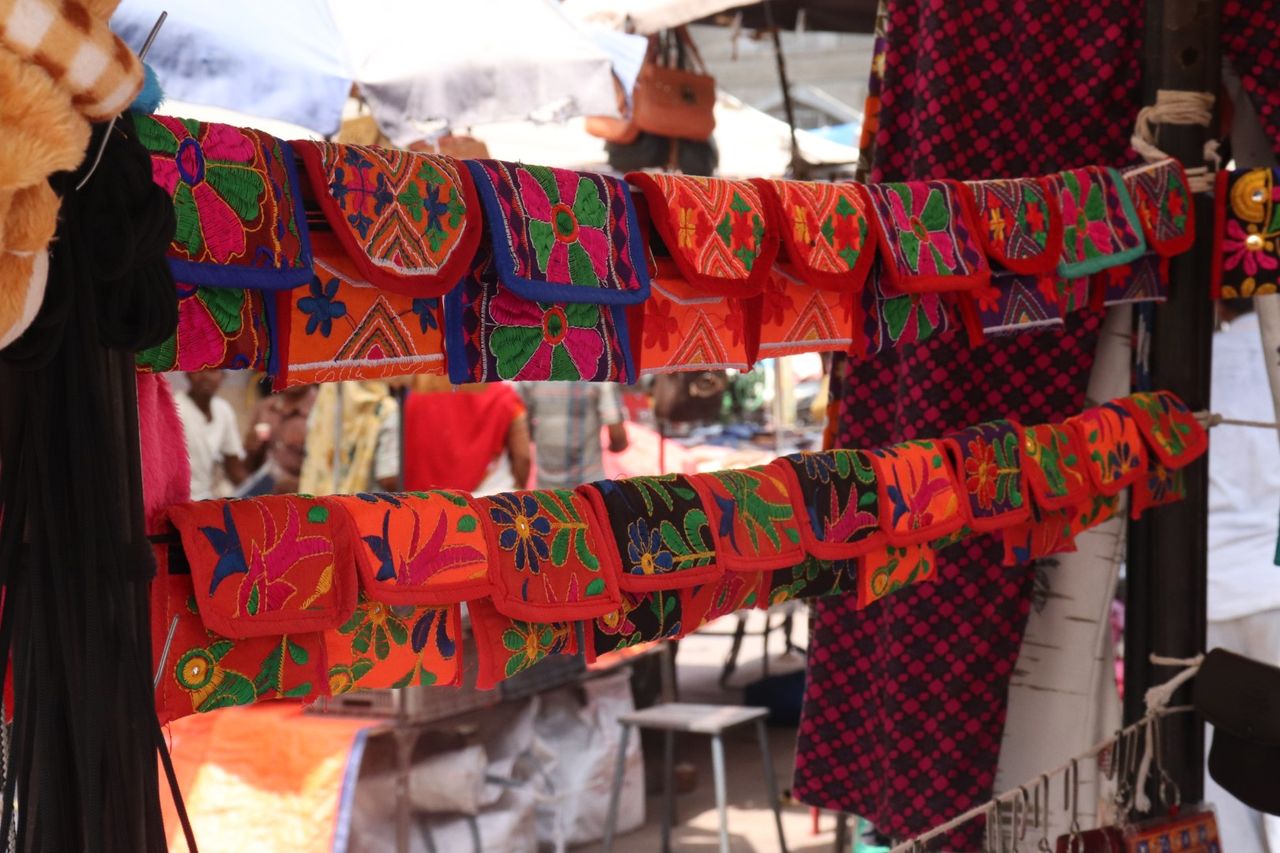
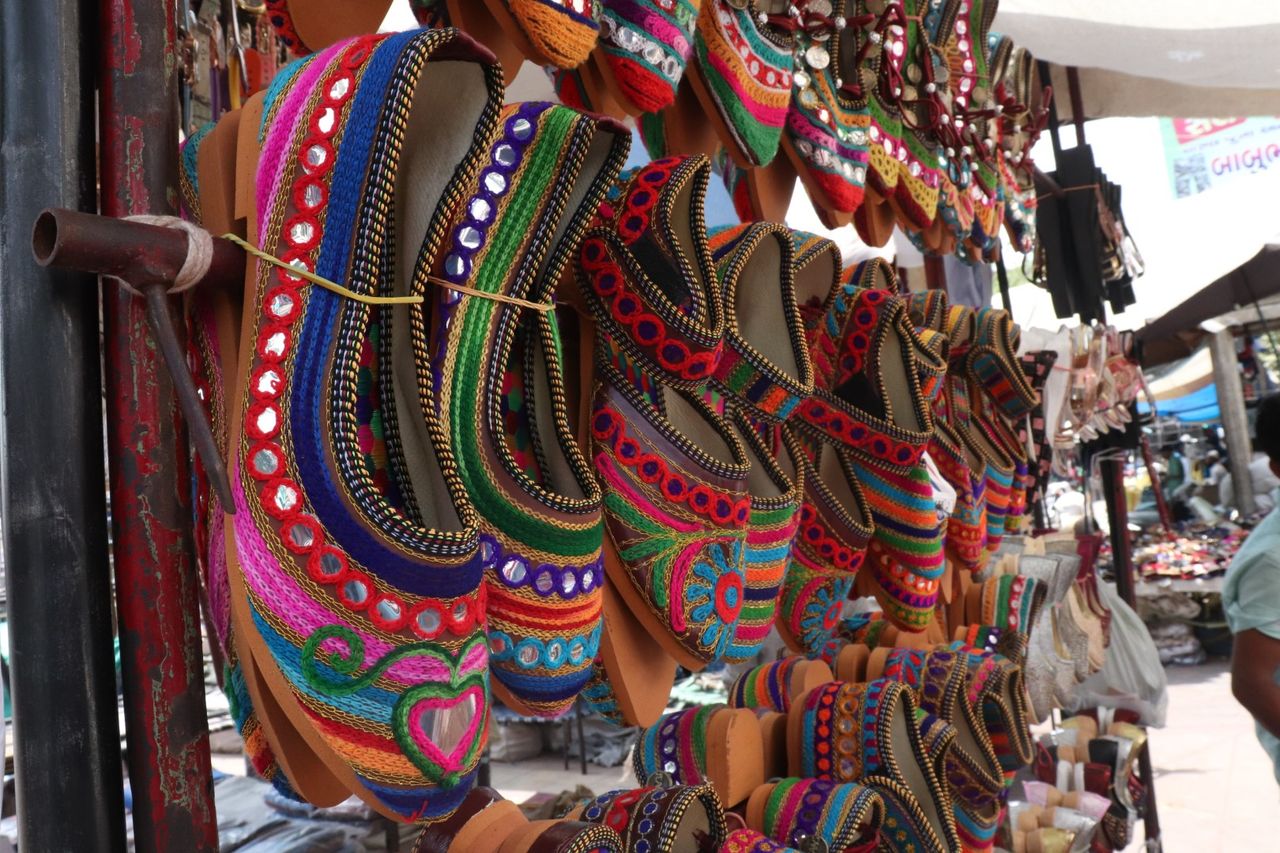
A few metres away from Mohammad’s fragrant stall, a quaint, colonial brick-arched building houses the large Manek Chowk fruit market. This building is within walking distance from the vibrant Manek Chowk, the public square all roads seem to lead to! It is the beating heart of Ahmedabad, where jewellers, cow grazers, and fast-food stalls all occupy space at various times of the day, adding vibrancy and a splash of colour to the city. Located right next to the mighty Jama Mosque, the Manek Chowk fruit market was the first market to be established within the walled city of Ahmedabad. Walk around and marvel at the colourful sights of fresh fruit, artfully stacked in bundles, and sometimes even decorated to look more appealing.
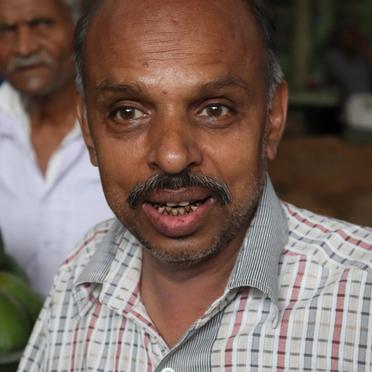
“Many inner cities face a cycle of prosperity and decay every few decades, as is the case with Ahmedabad… but thankfully, this market has been able to sustain,” says fruit vendor Bharatbhai. “Our family has been selling fruit here for three generations. We love working here!” Like the rest of the trade in the city, this market is run by traders of different ethnicities; Sindhi, Muslim, Gujarati and Rajasthani.
A remarkable school
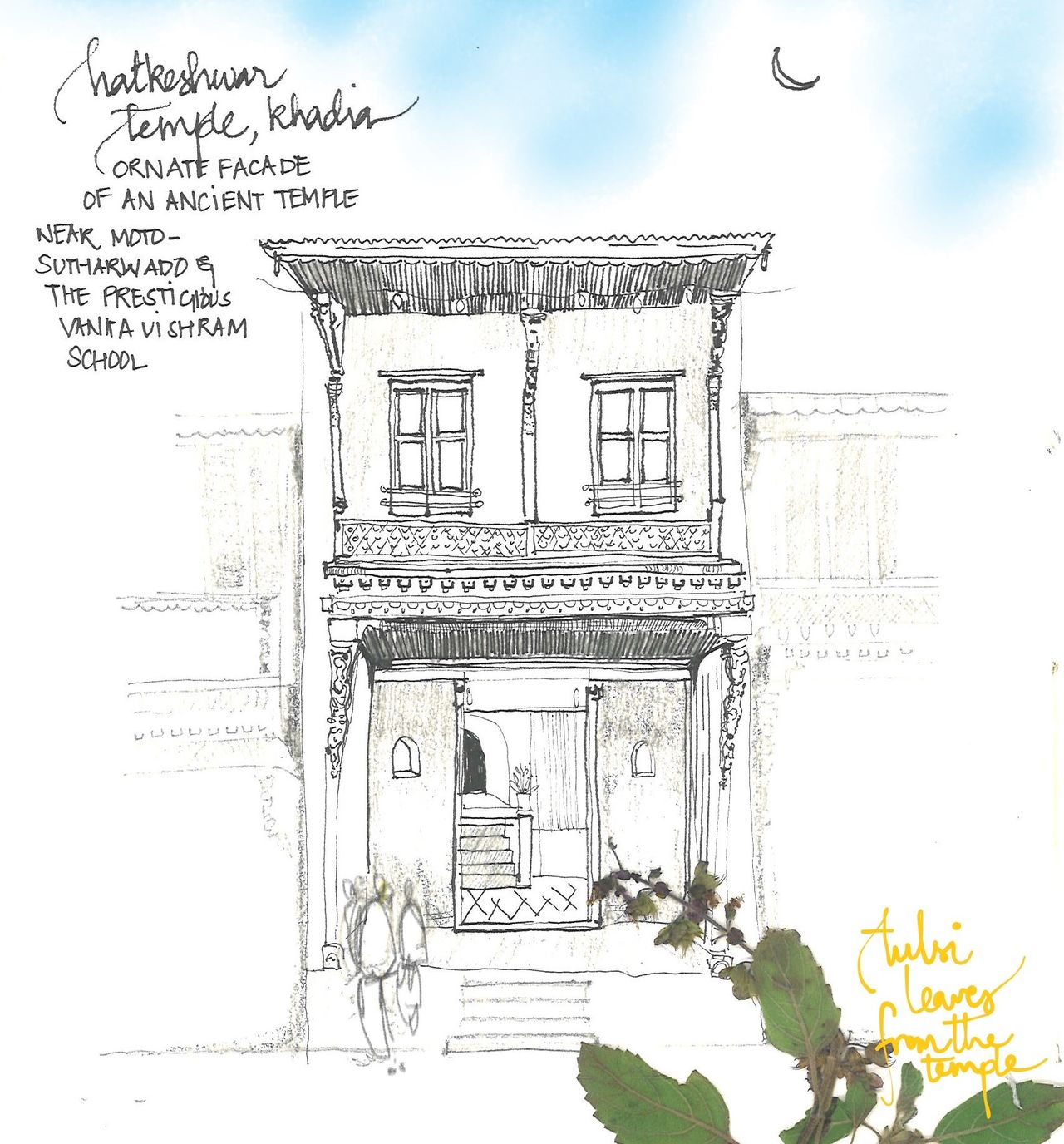
Apart from markets and lanes full of items for sale, this part of the city is home to prestigious institutions that have a great history. Vanita Vishram Girls School, located opposite Jethabhai ni Pol in Khadia, is one of them. “The school was founded for women, especially widows,” sharesKrupali Shastri, Principal and graduate of the school. “Over the years, the school has blossomed like a tree from the seeds planted by our founder.”
Over a hundred years ago, 16-year-old widow Sulochana Desai found her calling in helping out other young widows. With the help of her parents, she began a small school and library in a room here at the Jethabhai ni Pol. It was a place of vishram (shelter) for the city’s widows, somewhere they could live, learn skills like embroidery, sewing and machine work to become self-reliant. The school was inaugurated by none other than Mahatma Gandhi and polymath Rabindranath Tagore.
Take a look at the school’s façade; it is a great showcase of delicate woodwork, louvred windows and bold masonry arches. The 2001 Gujarat earthquake damaged some of its walls, but it's arched structure and thick walls kept the building intact. The school’s building is resilient and tough, much like its spirit!
A pioneering restaurant

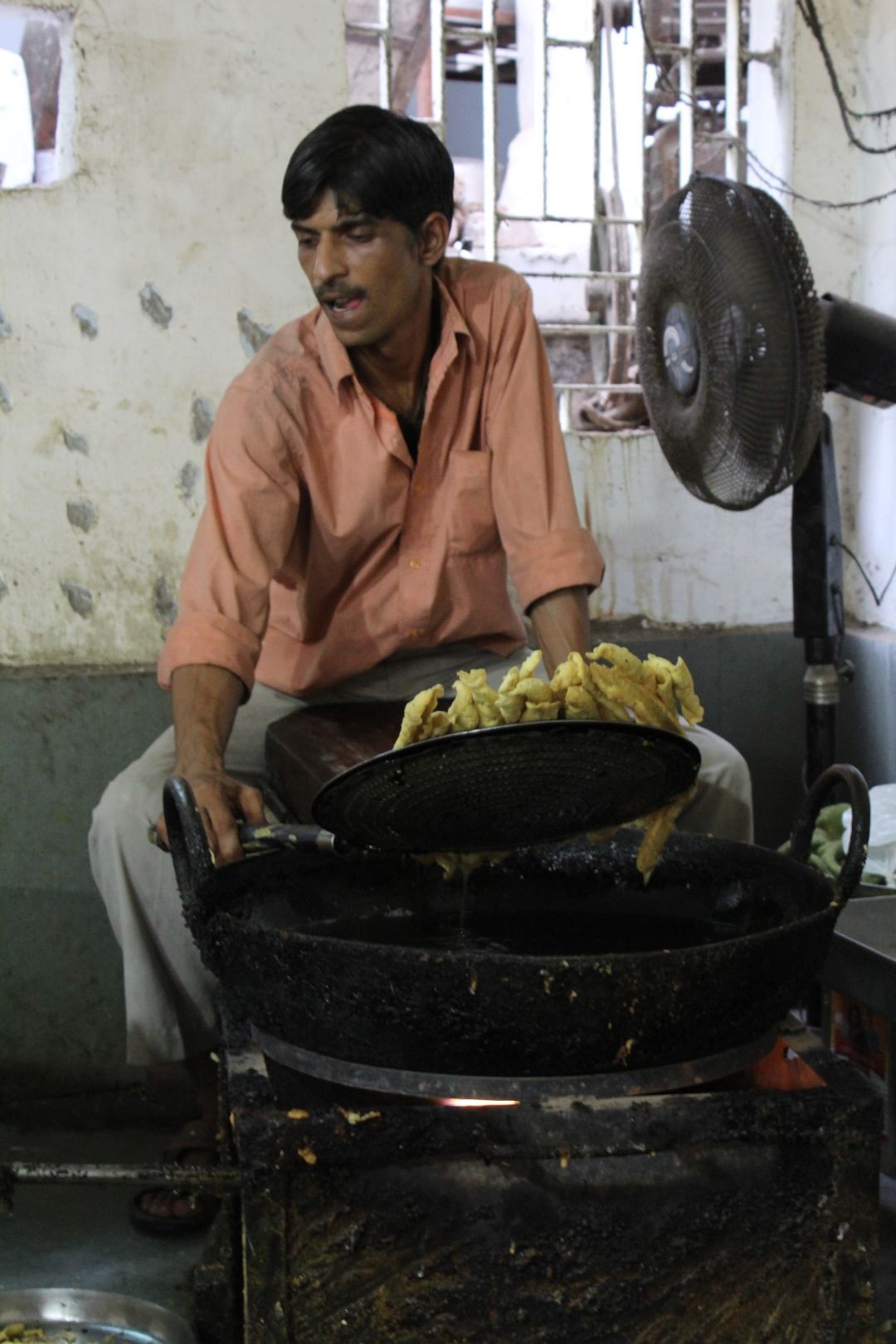
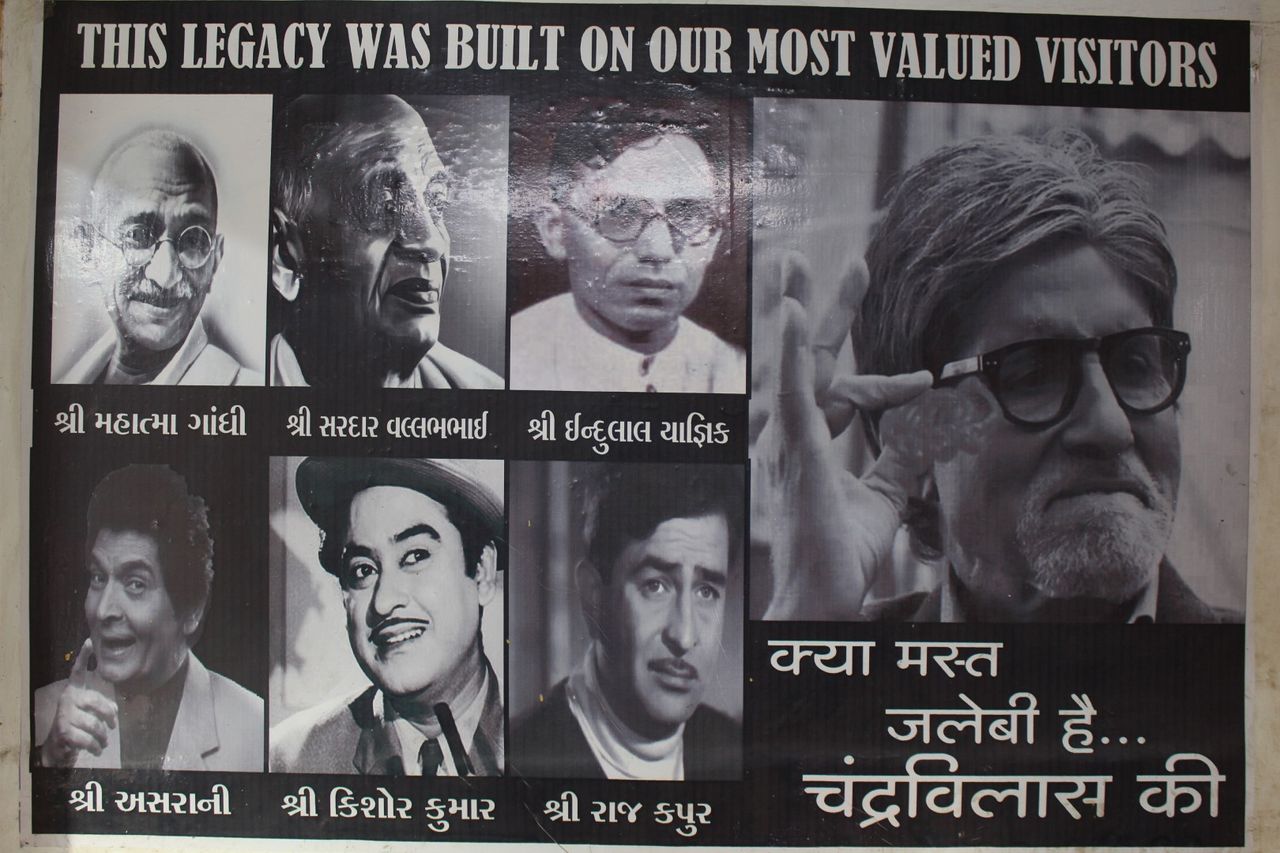

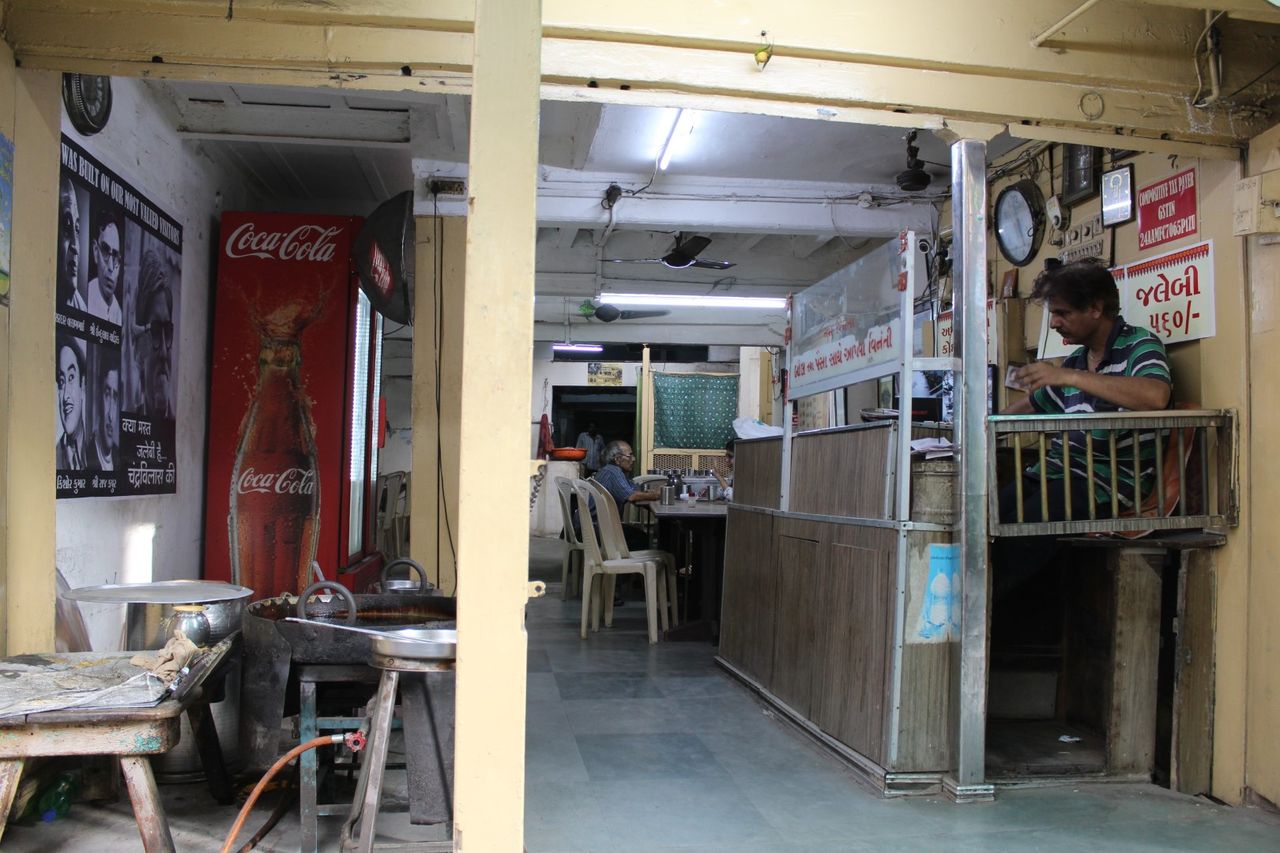
The menu changes according to the season, but what always remains the same are the recipes and the simplicity with which we serve our customers.
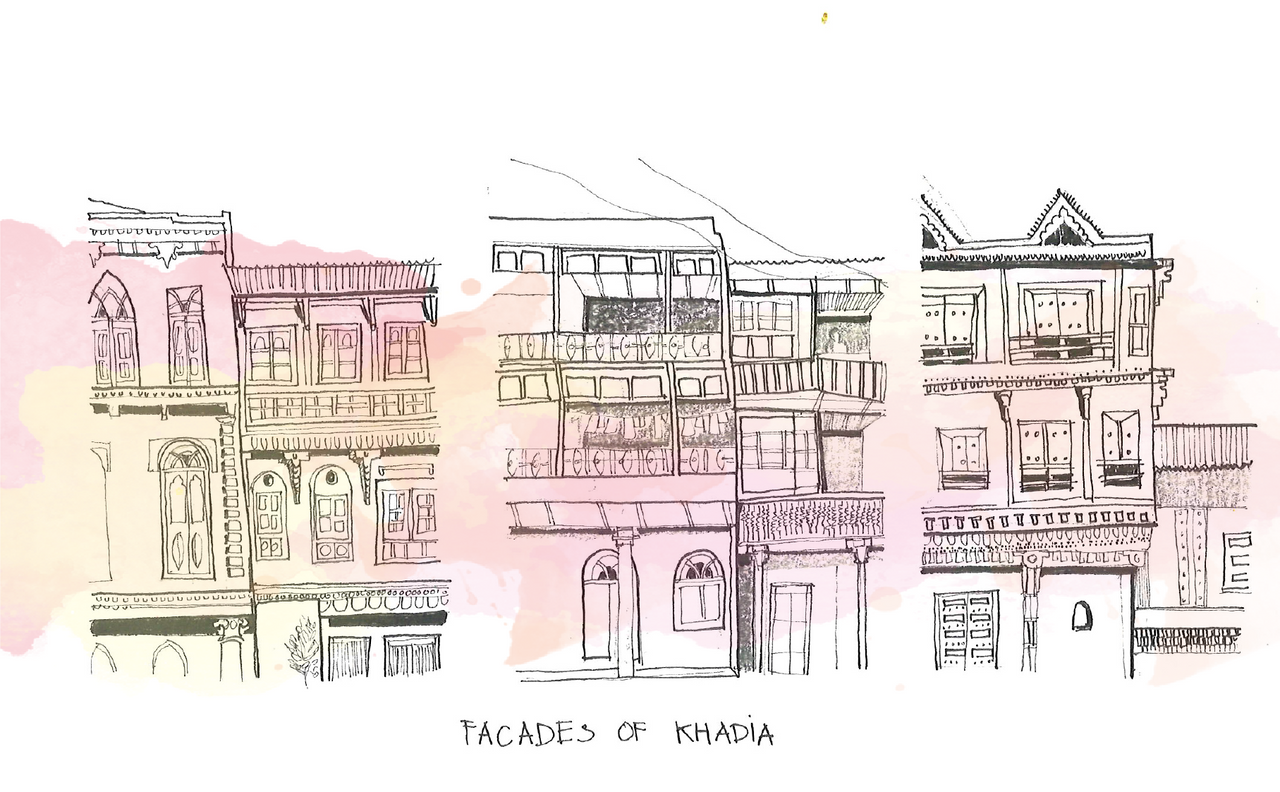
An important landmark in everyone’s memory of Ahmedabad is the Chandravilas restaurant. It is an extremely popular place to indulge in tasty Gujarati snacks and dishes. Founded in 1900 by visionary entrepreneur Chimanlal Joshi, this was the first restaurant to serve a thali: a platter comprising of Gujarati specialities such as curries, rotli, bhakhri, paratha, poori potatoes, lentils, rice, dal, farsan and sweets for just Rp.1.
The thali quickly became a local favourite and even eminent people like Mahatma Gandhi, Sardar Vallabhai Patel, the First Deputy Prime Minister of India, and actor Amitabh Bachchan have come here to relish the delicious dishes. During India’s independence struggle many freedom fighters are said to have had meetings - and meals, of course! - at Chandravilas.
With a loyal and loving customer base (the restaurant serves over 500 people a day!), the present owner, the fifth generation of the Joshi family, is quietly content and happy with their business: “The menu changes according to the season, but what always remains the same are the recipes and the simplicity with which we serve our customers.” Absolute best-sellers include fafda (fried chickpea strips with chilli) and jalebi (deep-fried sweet swirls). Order them both; it is a popular combination here in Gujarat!
A resilient community
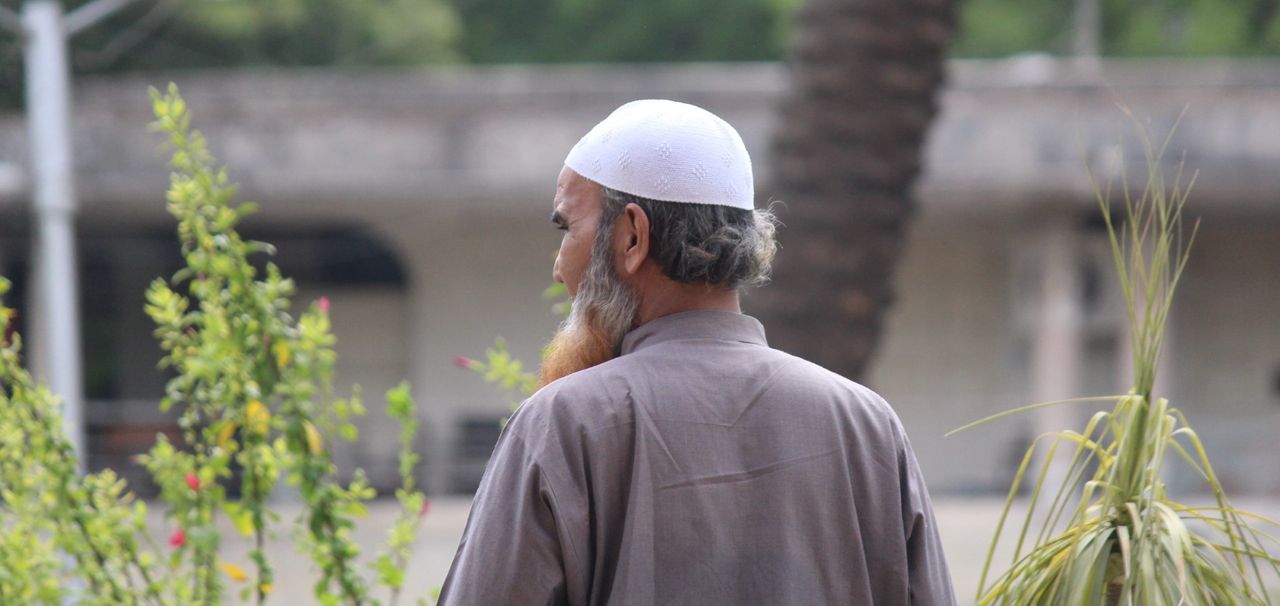
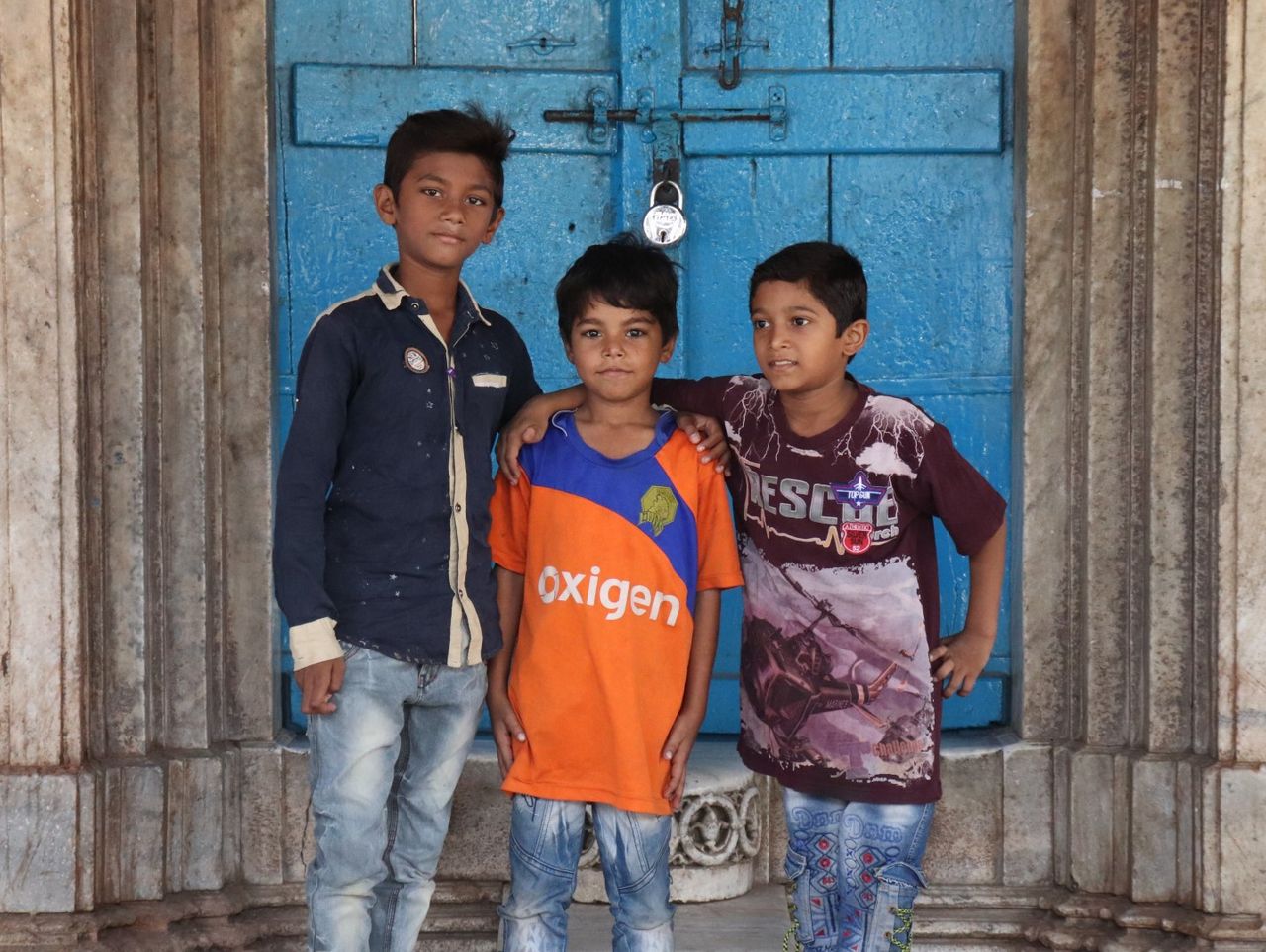
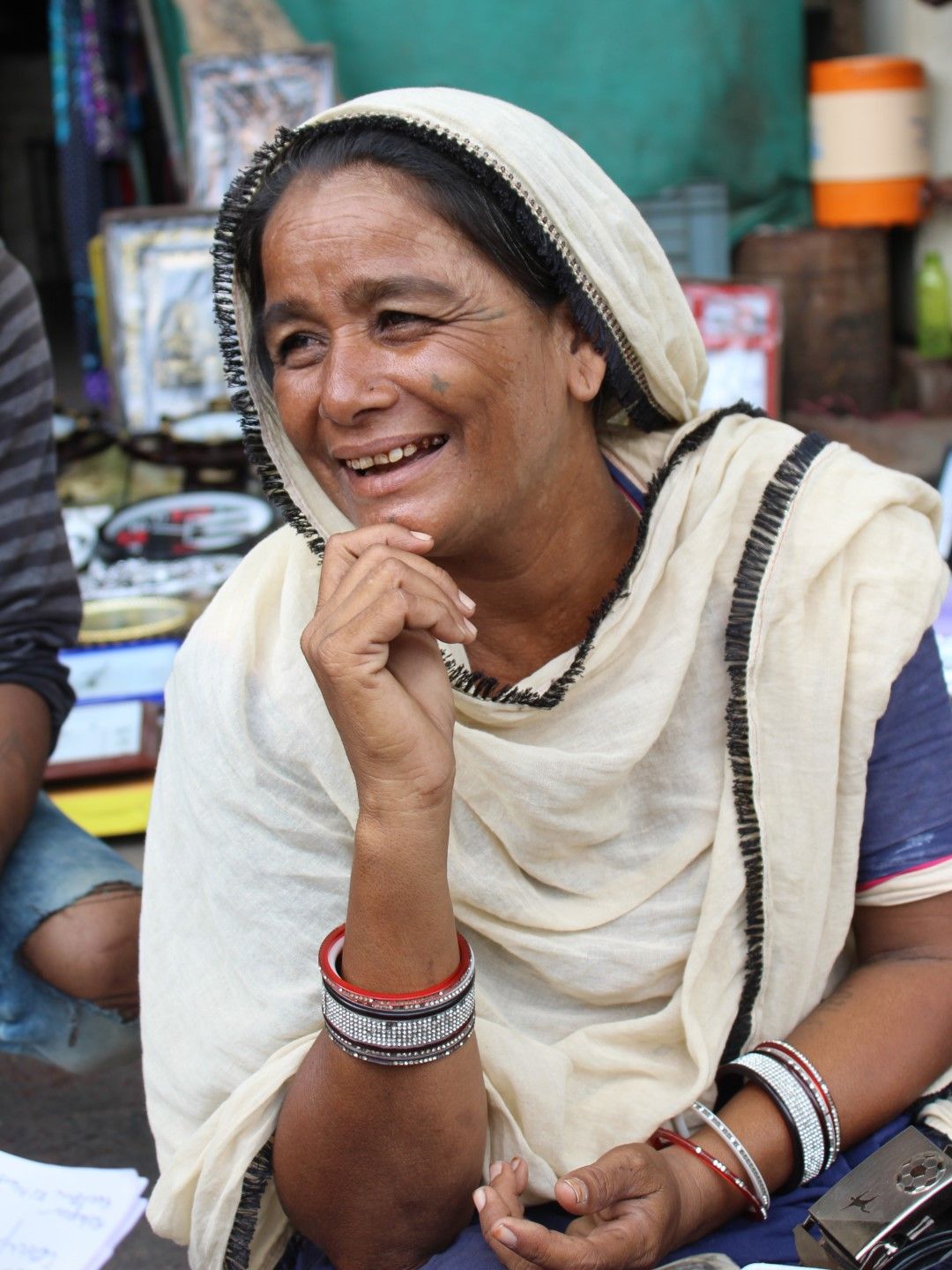
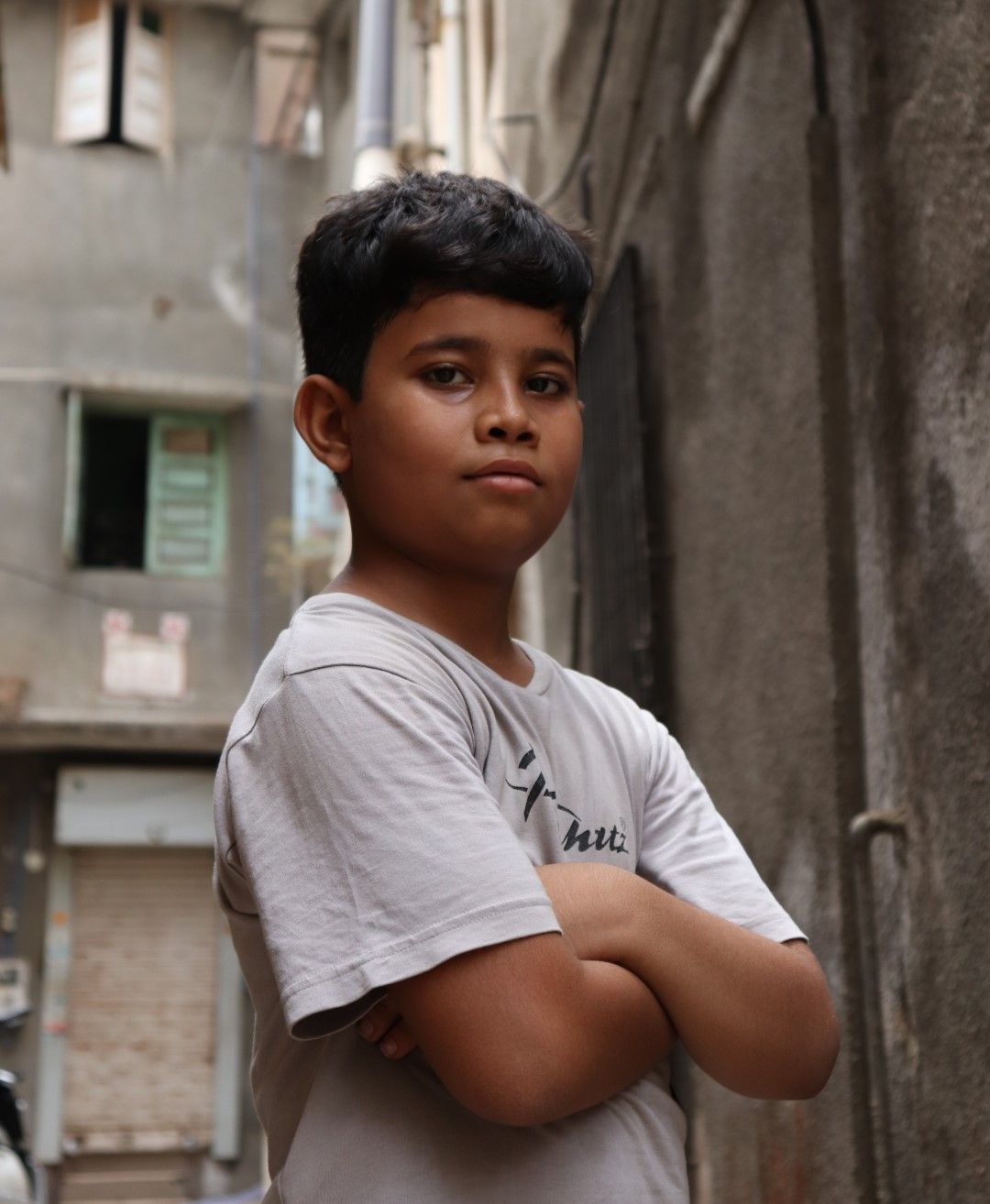

Due to the coronavirus, many sections of the old city were cordoned off. As Ahmedabad is a very dense city, many neighbourhoods were in complete lockdown to prevent the virus from spreading. The streets were empty with the exception of the occasional stray dog and a lone vegetable vendor. This global crisis made us Amdavadis realise that its people and their stories that keep places alive – they are most important to our heritage cities.
We believe in the resilient spirit of the city, the harmony in its people and the will to overcome obstacles. As a popular song about Ahmedabad from the aforementioned movie Amdavad No Rickshawwalo goes: “I’m a true Amdavadi, (like the old man Gandhi), I bow to no one and nothing!”. We will keep singing this song to keep our spirits up until we can visit our beloved food joints, perfume vendors and fruit markets again!
Explore local life in Ahmedabad historic city
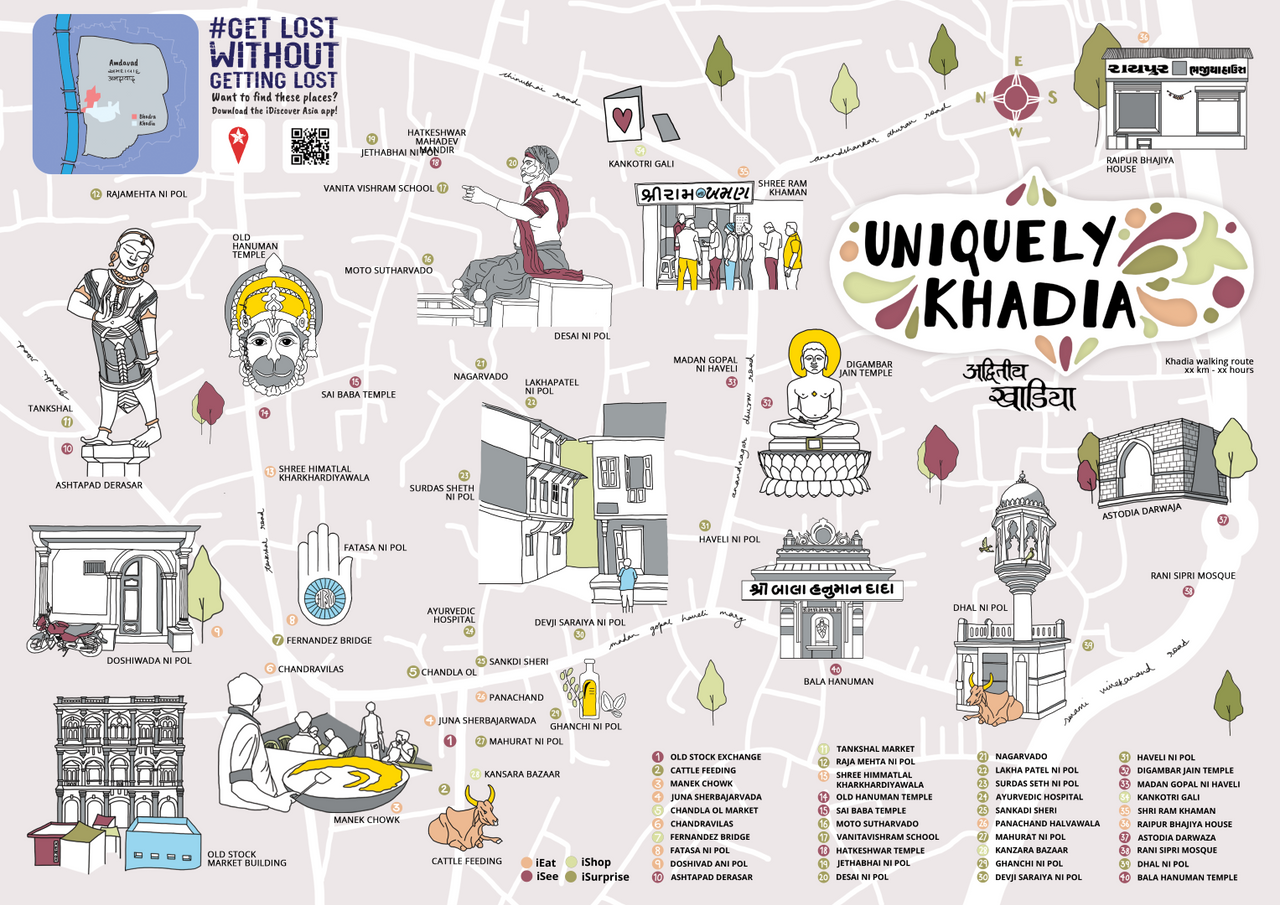
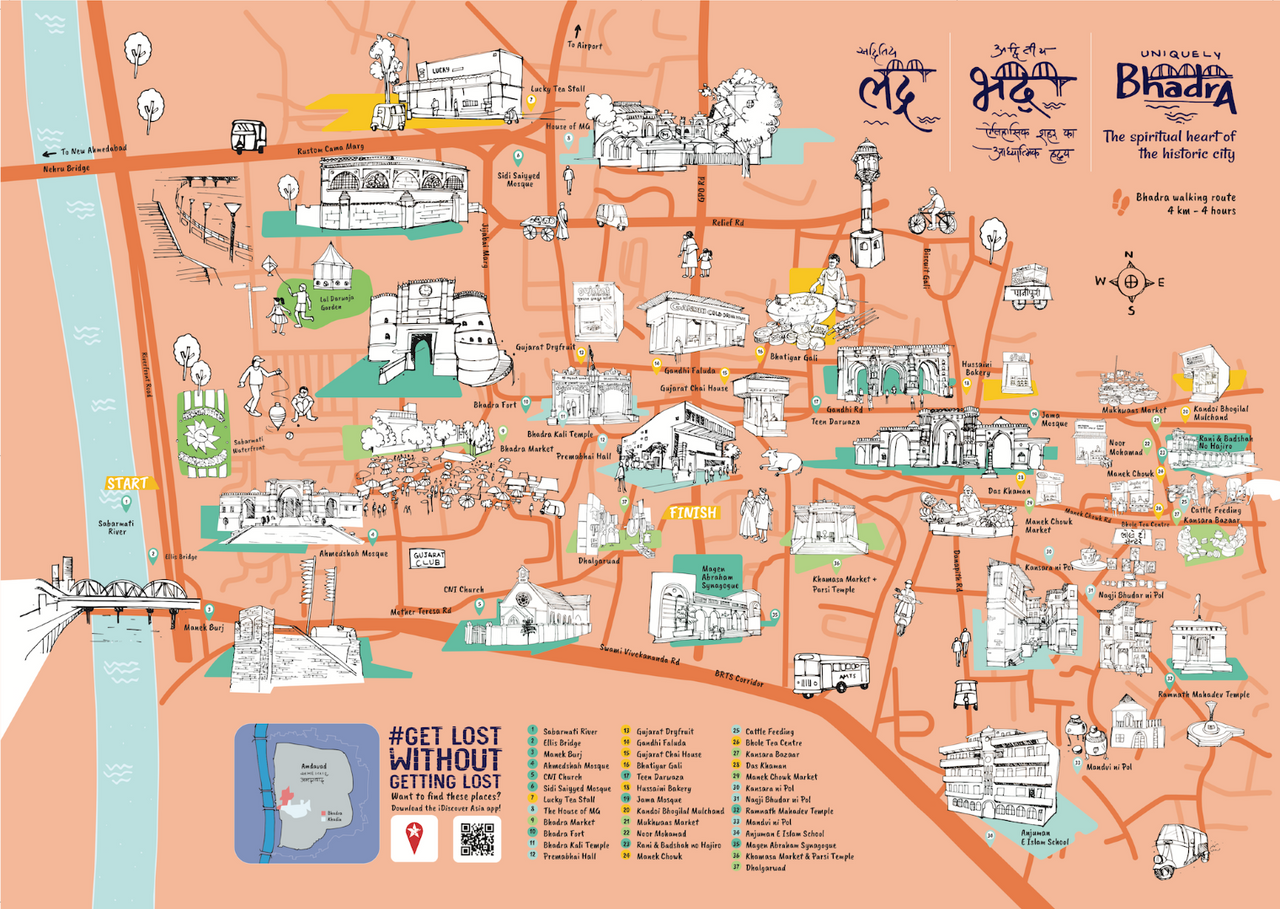
Download our beautifully Ahmedabad neighbourhood maps for free. Illustrated by the talented Maitri Dalicha, this map includes a locally-curated walking itinerary that shows you the nooks and crannies of Khadia, Ahmedabad’s most authentic neighbourhood! Explore more? We also have an illustrated map for Ahmedabad’s oldest hood, Bhadra. Both are accessible as a self-guided digital walk or as a printed map.
The mapping process was facilitated by the passionate folks of the International Center for Innovative Developments (ICID) in Ahmedabad, and powered by Prince Claus Fund / British Council ‘s ‘Beyond Cultural Heritage’ programme, won India's Best Design Project award in 2020 and also came first in a global competition for IT solutions for World Heritage Sites.
Words and illustrations by Niharika

Niharika is an architect, independent researcher and writer based in Ahmedabad, India, currently involved with museums and cultural mapping projects. She never misses an opportunity to travel and explore new cities, with her sketchbook at hand. She is easily lured by a cup of chai!
Find Naharika @rikaverse. Photos by @parthshuklaofficial.
Credits
Created by

Powered by

Designed by

About
International Center for Innovative Developments
ICID is an independent organisation that specialises in documenting and promoting living heritage in India’s heritage cities to preserve their unique identity in a time of rapid urbanisation.
www.linkedin.com/in/sameeha-sheth-2582376Prince Claus Fund Prince Claus Fund
The Prince Claus Fund from the Netherlands creates opportunities worldwide for cultural development, connection and expression. Its joint initiative ‘Contemporary Take, Beyond Cultural Heritage’ with the British Council supports a dozen innovative projects in six South Asian countries that have the potential to create dialogue between communities and foster mutual understanding. The Prince Claus Fund from the Netherlands creates opportunities worldwide for cultural development, connection and expression. Its joint initiative ‘Contemporary Take, Beyond Cultural Heritage’ with the British Council supports a dozen innovative projects in six South Asian countries that have the potential to create dialogue between communities and foster mutual understanding.
princeclausfund.orgMaitri Dalicha Maitri Dalicha
Maitri is an Illustrator and Ink Artist from Ahmedabad, India. She loves to make and create. It was what her childhood was made up so she decided her adulthood to be the same. Her drive is the immense pleasure of creating something out of absolutely nothing. Maitri is an Illustrator and Ink Artist from Ahmedabad, India. She loves to make and create. It was what her childhood was made up so she decided her adulthood to be the same. Her drive is the immense pleasure of creating something out of absolutely nothing.
www.maitridalicha.com